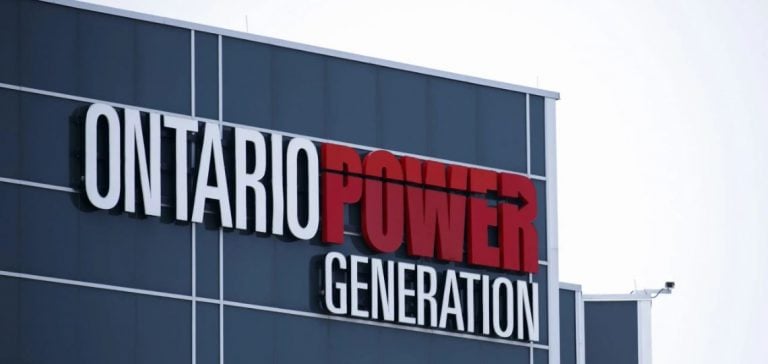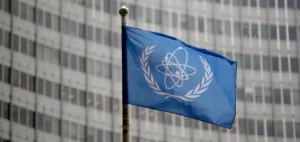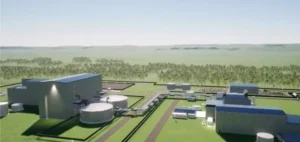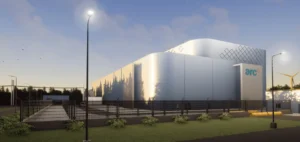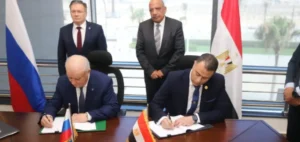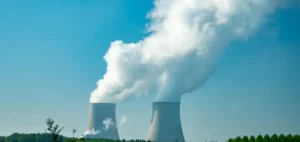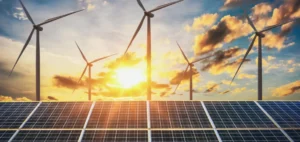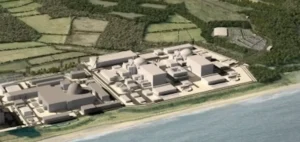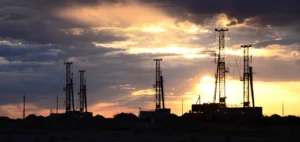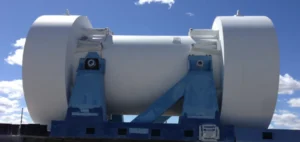Ontario is preparing for a significant rise in energy demand, which is expected to grow by 75% by 2050, according to a report from Energy Minister Stephen Lecce. The plan aims to boost the province’s energy capacity through investments in modular nuclear reactors, hydropower, and natural gas generation.
To meet the growing demand, the province has planned the addition of 111 terawatt-hours (TWh) of new energy capacity. This increase is primarily driven by the expansion of data centers and the rising adoption of electric vehicles. To support this growth, four new small modular reactors, with a total capacity of 1,200 MW, will be built at the Darlington nuclear plant, which already has a capacity of 1,756 MW.
Strategic investments in nuclear and hydropower energy
Energy security is at the heart of this strategy. Ontario Power Generation has been authorized by the Canadian Nuclear Safety Commission to continue operating units 5 through 8 of the Pickering nuclear plant until the end of 2026. These units will provide essential support to the province’s energy base during this period.
At the same time, the province has allocated 1.6 billion Canadian dollars to extend the lifespan of its hydropower fleet, which plays a critical role in producing the base power needed to maintain grid stability. While these infrastructures provide reliable energy, natural gas, which currently represents 40% of Ontario’s energy mix, remains indispensable in the short term to ensure grid reliability, particularly during periods of high demand.
The transition towards an energy export powerhouse
Ontario has been a net energy exporter to neighboring jurisdictions since 2006. However, the government is looking to optimize these exports by analyzing new opportunities to fully benefit from clean energy commitments made by U.S. states such as New York, Maryland, and Illinois. The government plans to enhance its generation and transmission capacities to capture these markets.
This approach is part of a broader vision aimed at transforming the province into an “energy superpower.” Minister Lecce announced that an integrated resource plan would be presented in 2025 to ensure that Ontario can meet its domestic demand while maximizing export opportunities to other provinces and the United States.

